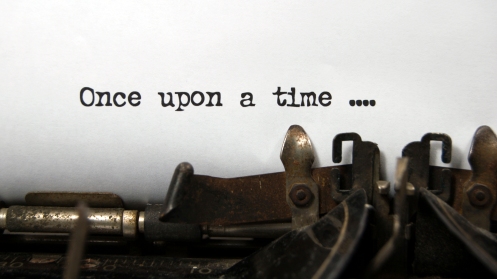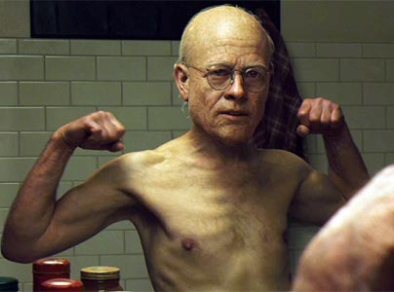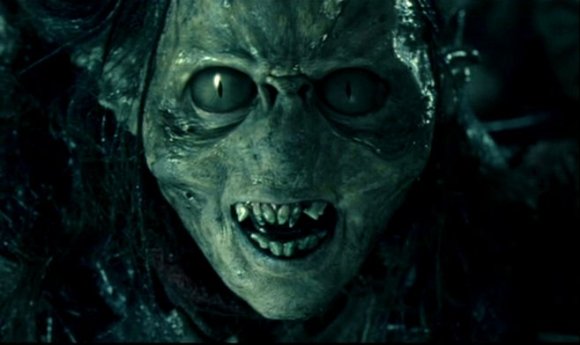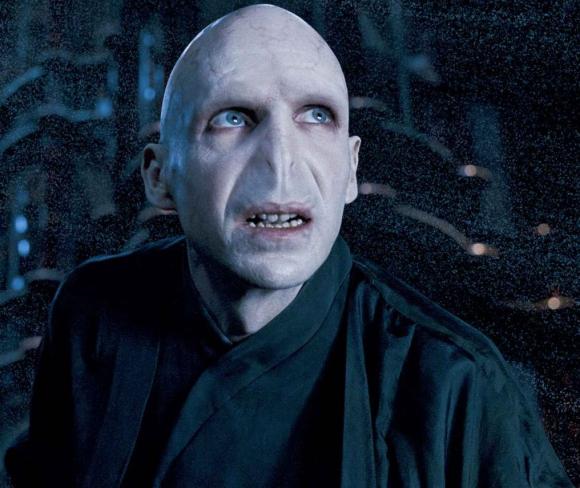The biggest adversary of screenwriters across the globe is the Writer’s Block. It is also the most difficult hurdle to overcome in the writing process. This comes in different shapes and forms: ‘I just do not feel like writing now/today’ ‘I do not know how to take this character/ scene forward’ ‘This conflict does not feel good enough’ and so on. Staring at a blank page, waiting for the words to come can be quite frustrating, more so when you are starting out as a screenwriter. Here are few techniques to fight this menacing monster:
Draw a plot outline
This is a good practice which involves defining the characters, scenes, flow of events and all important elements of the story before starting to write the actual script.
Do not be a victim of perfection
Do not try to be extremely good in the first go. The quickest way to write is not to think about making it perfect. Just go ahead and write something, review it and make it better. Writing is an iterative process and nothing is set in stone.
Unburden yourself
You have to eventually write the full film/episode/play, but for now you have to finish this scene. Thinking about the volume of writing that is still left to be done will do you no good and will only busy your mind with the deadlines rather than the problem in hand.
Focus on the problem area
Think about the world, the characters, the complexity, and most importantly the conflict of the scene that you are currently working on. Take a break and imagine the scene, visualize the setup, let the dialogues flow, replay it multiple times in your mind until you have something that you feel is good enough to write. Eventually the answers will come to you. Unconscious mind of a talented writer has already created stories within it. Once he is inspired enough, these find their way to his work.
Skip ahead
Sometimes certain scenes and characters take time to come to you. In such situations it helps to go ahead and get done with easy ones while you are waiting for the breakthrough, on the complex stuff. Writing is rooted to your emotions, so there can be days when you cannot bring yourself to write something funny and in mood for something serious and drama oriented. So go ahead and pick that part of script which suits your mood.
Set a schedule
This works for many professional writers. Dedicating a slot in the day purely for writing can help you get that procrastination out of the way. This helps in making sure that your other day-to-day activities do not stop you from writing. There can be thousands of legitimate reasons for you not to write and which you will eventually end up calling writer’s block.
Ultimately it all boil down to getting yourself to writing. As many screenwriters suggest ‘Get to your desk, say I do not have a writer’s block and start writing. That is the only way.’
Filed under: Uncategorized | Tagged: film making, plot, screen play, screen writing, story, writer, writing scenes | Leave a comment »











